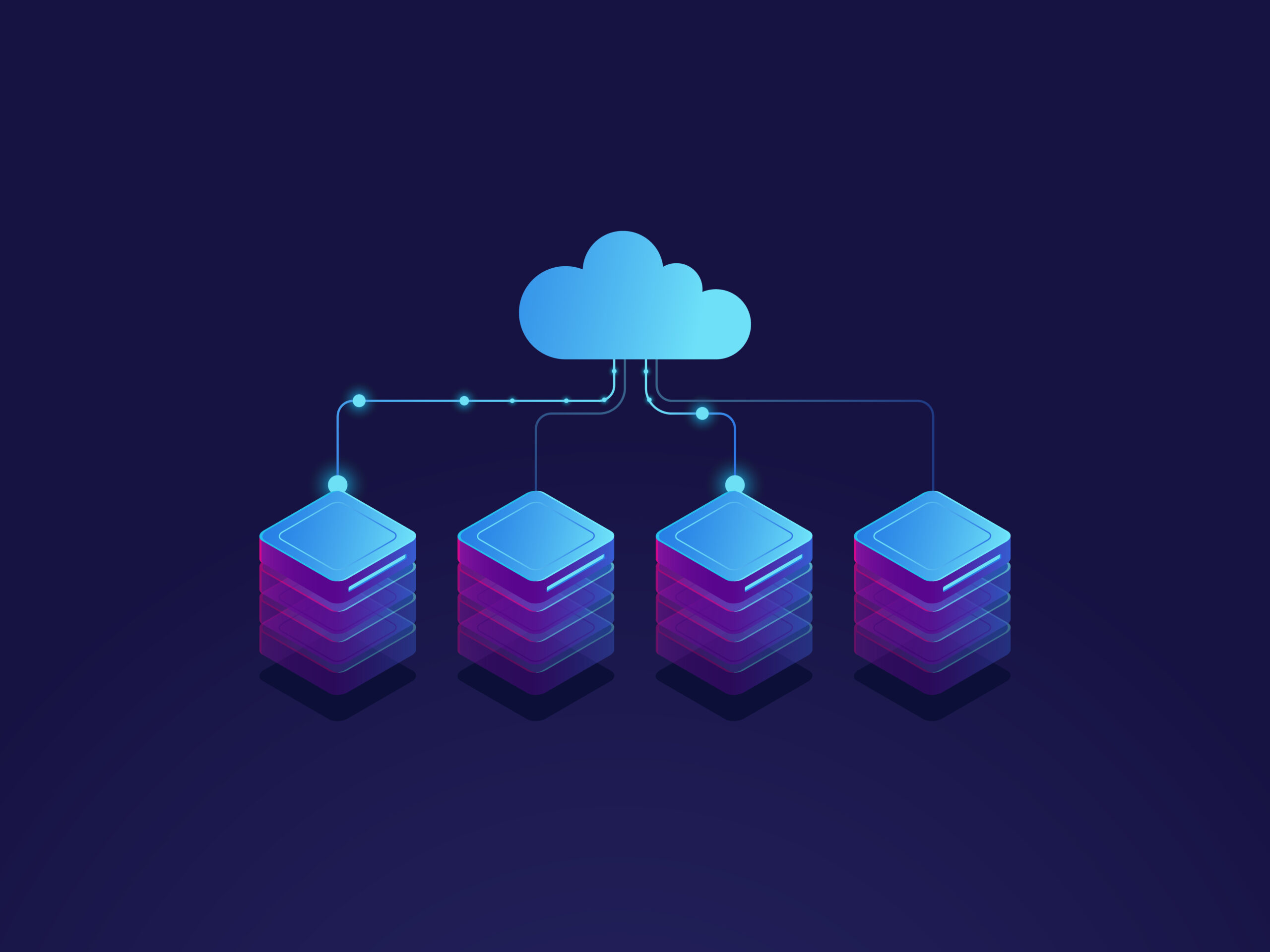MOVING TO THE CLOUD
What is The Cloud?
The cloud refers to a network of servers that are connected to the internet and provide a variety of services such as storage, computing power, and applications. Instead of storing data on a local computer or server, cloud computing allows users to store and access data and applications across the internet.
Why Are People Moving Their Data to The Cloud?
There are a range of reasons why people are moving their data to the cloud. Some of the most common reasons include:
- Scalability: Can easily scale up or down to meet changing needs and demands, making it easier for businesses to expand and adapt.
- Cost-effectiveness: Can be more cost-effective than maintaining and managing local hardware and software infrastructure.
- Accessibility: Accessible from anywhere in the world as long as there is an internet connection.
- Security: Often include security measures such as encryption and multi-factor authentication, which can help protect data from cyber threats.
It is important to be aware of which applications can be moved to the Cloud, as well as the cost benefits and limitations imposed. Our knowledge allows us to guide you through the process to develop a strategy that is best suited to your operations.
How do I move my business online?
Moving your business to the cloud can be a daunting and complex process, but working with DataUP will simplify the process and ensure that everything is done correctly. Whether you are looking to move all data to the Cloud or just elements such as your email server, DataUP can manage the whole process to minimize complication and disruption.
Here are some steps we will navigate through to move your business to the cloud:
- Assess your needs: Before you move your business to the cloud, it’s important to determine your needs and goals. What are the main requirements you want to address in terms of storage, applications, and computing power?
- Choose a cloud provider: There are many cloud providers available, each with their own strengths and weaknesses. We will help you choose the right provider based on your needs, and budget.
- Determine your cloud architecture: The next step is to determine the architecture of your cloud environment. This involves deciding which applications and data will be moved to the cloud, which services will be used, and how everything will be connected.
- Plan the migration: Once you have determined your cloud architecture, it’s time to plan the migration. This involves creating a roadmap for the migration process, including timelines, milestones, and any necessary preparations.
- Migrate your data and applications: With the plan in place, it’s time to migrate your data and applications to the cloud.
- Monitor and maintain your cloud environment: After the migration is complete, it’s important to monitor and maintain your cloud environment to ensure that everything is running smoothly. This includes monitoring for security threats, optimizing performance, and managing costs which will all be covered by our team here at DataUP.
For more information and to speak to a professional call us at (08) 7200 6080.

